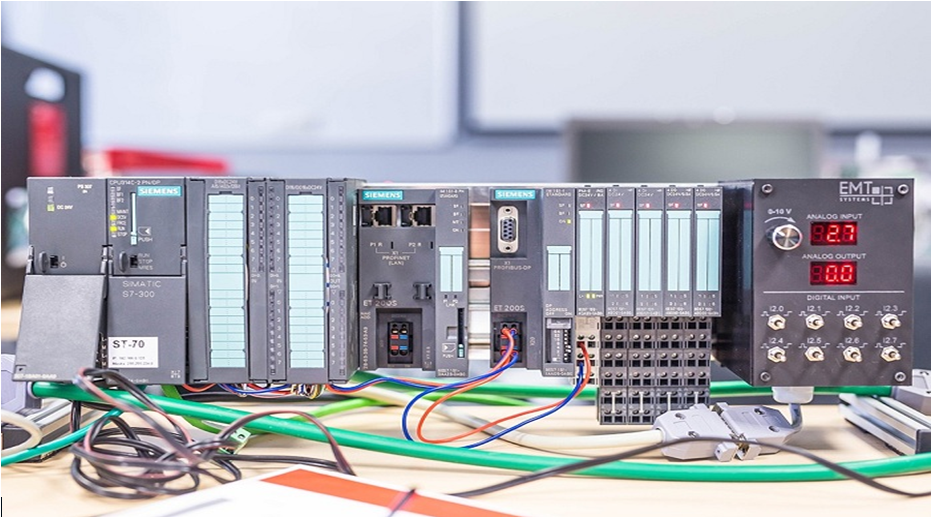
PLC – Siemens S7 Maintenance
11- 15 August 2025
Sandton
Johannesburg South Africa
Cost per Delegate
R19,999.00
Course Overview
Maintenance personnel are often confronted with equipment from several manufacturers. This course recognises that maintenance personnel cannot build up a profound technical knowledge of all the equipment to be maintained. One needs to have sufficient knowledge of the equipment, coupled with knowledge of the installation to be able to diagnose the problem and then solve the problem.
With regard to PLC’s and programming software, the maintenance engineer needs to be able to access specific parts of the program and to examine the I/O status. Programming and documenting the program is of less importance. The maintenance engineers should be capable of making small changes to the program.
Problems are most likely to occur with the installation itself and this is reflected in the PLC by for instance a defective sensor, a badly working cylinder etc. These faults can be investigated via the programming terminal and the signal status can be presented dynamically. This is necessary, because designers are not always able to design their programs to register every possible fault and the potential cause.
The maintenance engineer should therefore be capable of executing the following actions:
• To be able to identify if the PLC is still active and that there are no communication errors with the I/O or other coupled PLC’s.
• To determine that the signal of the ‘suspected’ unit will show at the correct PLC reference. One should measure here with a universal meter.
• To install and to start the programming software.
• To make the internal I/O status of the signal visible:
– to call the ‘suspected’ section in the program;
– to make timer and counter files visible.
• The maintenance engineer must be able to read the documentation, understand the structure of the PLC and be aware of the most commonly used PLC instructions.
• To make links or to develop connections that changes the program conditions. Programming a counter and time measurement is desirable.
• To make a backup of the changes made to the program. The maintenance engineer should also be capable of making an (original) backup of the program and be able to load it into the PLC.
COURSE OUTLINE
Lesson 1
• Hardware of the Siemens S7-300 and/or 400 PLC
• I/O electrical connections for various modules
• Rack grouping
• Developing, monitoring & documentation software
Lesson 2
• General features of the STEP 7 family
• IEC 1131 ‘compliant’ software structure
• STL, LAD, CSF, SCL
Lesson 3
• The STEP 7 programming package
• Connecting the PLC and starting up the terminal
• Choosing the program
• Help system
• S7 instructions, including the administration functions for existing and/or gates, flip-flops and several timer functions
Lesson 4
• To copy, to change and to store PLC-programs
• Simatic Manager, fault finding
• Off-line & On-line mode
• Monitoring and modification of variables
Lesson 5
• Up- and downloading programs
• Writing, testing, and documenting a PLC-program
• Identifying data and data types and interpreting the different formats
End of the Workshop
For Training arrangements call us on the detail below
TANZANIA: +255 749 50 26 78
SOUTH AFRICA: +27 694 31 79 73
KENYA: +255 749 50 26 78
DUBAI: +27 694 31 79 73

